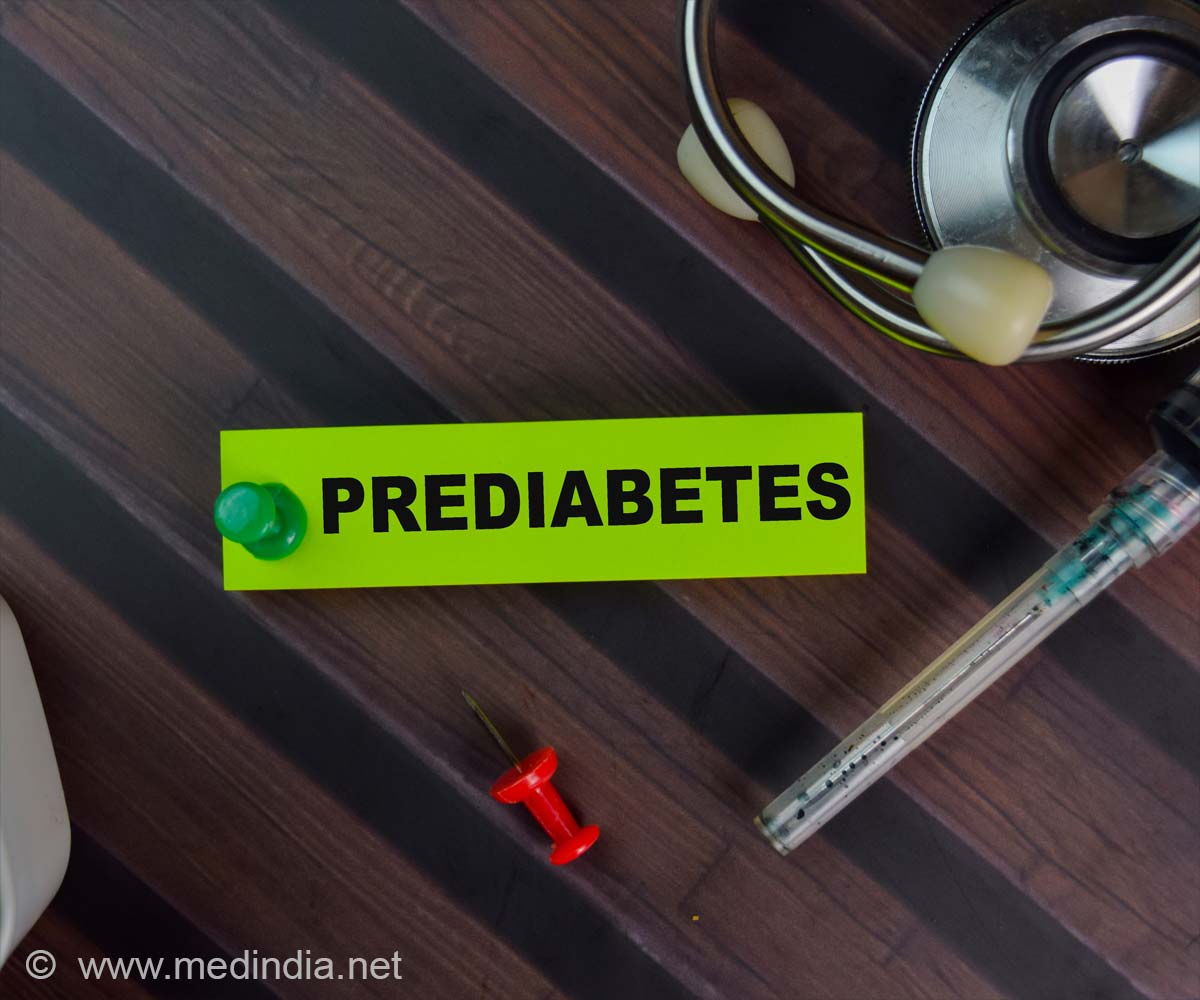
- Prediabetes in youth increases the risk of gestational diabetes and hypertensive disorders during pregnancy
- An HbA1c level of 5.6% is the optimal threshold for predicting gestational diabetes in adolescents
- Lack of standardized treatment guidelines for adolescent prediabetes highlights the need for targeted health interventions
Prediabetes in youth, could significantly increase the risk of complications during pregnancy, including gestational diabetes and hypertensive disorders (1✔ ✔Trusted Source
Preconception HbA1c Levels in Adolescents and Young Adults and Adverse Birth Outcomes
).
This highlights the need for healthcare professionals to reevaluate their screening and counseling practices. Specifically, they should focus on blood glucose levels in young individuals. The study was published in JAMA Network Open.
Advertisement
Effect of Prediabetes on Future Pregnancies
Prediabetes, a condition where blood sugar levels are elevated but not high enough to be diagnosed as type 2 diabetes, is increasingly common among U.S. adolescents.
This condition significantly raises the risk of heart disease, stroke, and other serious health issues. According to JAMA Pediatrics, nearly one in three adolescents aged 12 to 19 now has prediabetes—a figure that has doubled in the last decade, with the highest impact on Hispanic, Black, and low-income communities.
Addressing prediabetes before conception is crucial for several reasons, as it can affect both maternal and fetal health.
Adolescents and young adults are the groups most at risk of unplanned pregnancy. They are also the least likely to benefit from preconception health counseling.
Advertisement
Prediabetes in Youth and Associated Pregnancy Risks
Researchers conducted a comprehensive analysis of over 14,000 individuals aged 10 to 24 by linking data from New York City birth records, hospital discharge summaries, and A1C Registry entries from 2009 to 2017.
The study also included individuals who had no history of diabetes and at least one hemoglobin A1c (HbA1c) test prior to first birth.
The risks associated with prediabetes in young individuals are as follows:
- Higher Risk of Gestational Diabetes: Young individuals with prediabetes before pregnancy were more than twice as at risk of developing gestational diabetes during their first pregnancy.
- Increased Risk of Hypertensive Disorders: Those with prediabetes also faced an 18% higher chance of experiencing hypertensive disorders during pregnancy, such as gestational hypertension and preeclampsia, along with a heightened risk of preterm birth.
- Age Specific HbA1c Screening Thresholds: The researchers identified that an HbA1c level of 5.6% is the optimal threshold for predicting gestational diabetes in adolescents, slightly lower than the 5.7% standard used for adults. This finding suggests the need for age-appropriate screening guidelines.
Advertisement
Challenges in Managing Prediabetes in Youth
The research emphasizes the importance of connecting early cardiometabolic health with positive pregnancy outcomes. There is a significant lack of standardized prediabetes treatment guidelines for adolescents. This is important for preventing pregnancy-related complications.
It also suggests expanding HbA1c screening in young people. This could allow for early interventions that reduce future risks.
The research team intends to investigate the implementation of school-based health policies and interventions. These efforts aim to decrease cardiometabolic risks in adolescents.
By implementing targeted interventions and early monitoring, there is potential to significantly reduce risks for both mothers and their newborns. This could ultimately foster healthier pregnancies and improve overall maternal and neonatal health.
Reference:
- Preconception HbA1c Levels in Adolescents and Young Adults and Adverse Birth Outcomes – (https://jamanetwork.com/journals/jamanetworkopen/fullarticle/2823903)
Source-Medindia



